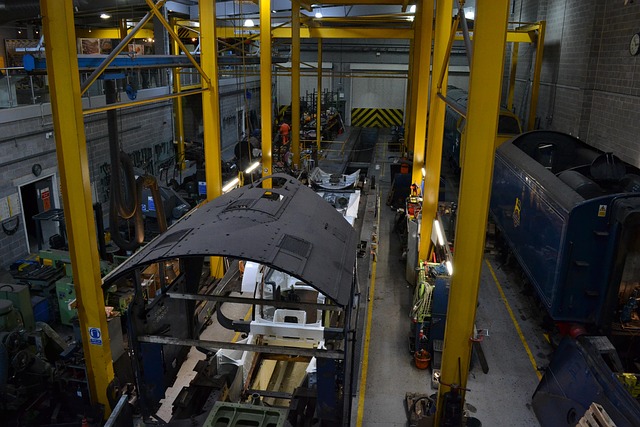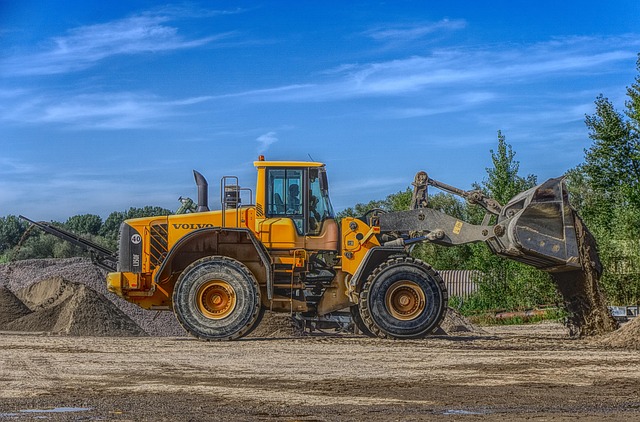Roof Panel Replacement Safety: Gear, Clothing & Tools Guide
During roof panel replacement, prioritize safety with robust protective gear, including gloves, eyew…….
Roof panel replacement is a critical aspect of building maintenance and construction, involving the meticulous process of installing or renewing roof panels to ensure structural integrity, energy efficiency, and aesthetic appeal. This article aims to delve into the intricacies of roof panel replacement, offering a comprehensive overview for professionals, homeowners, and anyone interested in understanding this essential practice. We will explore its historical evolution, global impact, economic implications, technological innovations, regulatory landscape, challenges, successful implementations, and future prospects. By the end, readers will have a thorough understanding of why roof panel replacement is not just a technical task but a vital component shaping the built environment.
Roof panel replacement refers to the process of installing new roofing panels while removing the existing ones. These panels can be made from various materials, including metal (such as aluminum or steel), asphalt shingles, wood, concrete tiles, or composite materials. The core components include:
The practice of replacing roofing has evolved over centuries, driven by technological advancements and changing climatic conditions. Historically, thatch roofs were common in ancient civilizations, followed by the introduction of tiles, shingles, and metal panels as technology progressed. The modern roof panel replacement methods we know today have been shaped by:
Roof panel replacement is significant for several reasons:
Roof panel replacement is a global practice, with every region adopting its own unique approach based on local conditions and preferences. The international influence can be seen in:
The roof panel replacement market is a significant segment of the global construction industry, valued at over $[X] billion in 2022 and projected to grow at a CAGR of [Y]% from 2023 to 2030. The market dynamics are influenced by:
Investors in the roof panel replacement sector often focus on:
Roof panel replacement has far-reaching economic implications:
The future of roof panel replacement is poised for further technological breakthroughs:
Roof panel replacement is subject to various policies and regulations that vary by region:
Policies and regulations play a critical role in shaping the roof panel replacement industry:
Location: Downtown Toronto, Canada
Project: Retrofitting a high-rise apartment complex with a green roof system.
Results: The project transformed an urban rooftop into a vibrant oasis, providing insulation, reducing the building’s carbon footprint, and enhancing local biodiversity. It also increased property value and attracted eco-conscious tenants.
Lessons Learned: Green roofs offer significant environmental benefits while improving aesthetics and property values. Proper planning and collaboration between architects, engineers, and building managers are essential for successful implementation.
Location: San Diego, USA
Project: Installing solar panels on community rooftops as a shared energy resource.
Results: This initiative empowered residents to generate clean energy, reduce utility costs, and contribute to the local renewable energy grid. It also fostered a sense of community ownership and environmental responsibility.
Lessons Learned: Community-based roofing projects promote sustainable living and enhance social cohesion. Collaboration with local authorities and utility companies is crucial for successful implementation and long-term maintenance.
Location: Paris, France
Project: Restoring a historic monument’s roof using traditional materials and techniques.
Results: The project preserved the building’s architectural integrity and aesthetic appeal while ensuring its structural soundness for future generations. It became a tourist attraction and a testament to the city’s rich cultural heritage.
Lessons Learned: Preserving historical buildings requires meticulous research, collaboration with conservation experts, and adherence to strict guidelines to maintain authenticity and structural stability.
Roof panel replacement is a multifaceted field that plays a crucial role in shaping the built environment. From historical evolution to global trends and technological advancements, this process has adapted to meet the changing needs of society. As we look towards the future, the industry stands at a crossroads, poised for significant growth and innovation while navigating challenges related to sustainability, regulation, and labor. By understanding these dynamics, professionals and stakeholders can make informed decisions, drive positive change, and ensure that roof panel replacements contribute to safer, more sustainable, and aesthetically pleasing buildings worldwide.
How often should I replace my roof panels?
The frequency depends on various factors, including climate, material quality, and installation. Generally, asphalt shingles last 20-30 years, while metal or tile roofs can last over 50 years with proper maintenance. Regular inspections can help determine the need for replacement.
Are there tax benefits for roof panel replacement?
Yes, many countries offer tax incentives or rebates for using energy-efficient roofing materials. Check local building codes and consult a tax advisor for specific benefits in your region.
Can I install my own roof panels?
While some homeowners choose to do it themselves, professional installation is recommended due to the complexity of the process and safety considerations. Professional installers have the skills and equipment to ensure a secure and durable fit.
What are the signs that I need a new roof?
Signs include missing or damaged shingles, leaks, excessive granule loss (shingles’ small granules), uneven or bulging surfaces, and mold or algae growth. These indicate potential structural issues and should prompt an inspection.
How do I choose the right roofing material for my home?
Consider factors like climate, energy efficiency, maintenance, cost, and aesthetics. Consult with roofing professionals who can provide expert advice based on your region’s specific needs and preferences.

During roof panel replacement, prioritize safety with robust protective gear, including gloves, eyew…….

Successful roof panel replacements require adherence to established standards for materials, specifi…….

When replacing roof panels, adhere to region-specific standards for safety and durability. This invo…….

Roof panel replacement is a complex yet critical process for maintaining vehicle integrity and appea…….

Roof panels protect vehicles from environmental damage, requiring regular replacement to prevent wat…….

For effective roof panel replacement, professionals must adhere to regional building codes, manufact…….

Roof panel replacement is a vital aspect of modern car care, addressing both safety and cosmetic iss…….